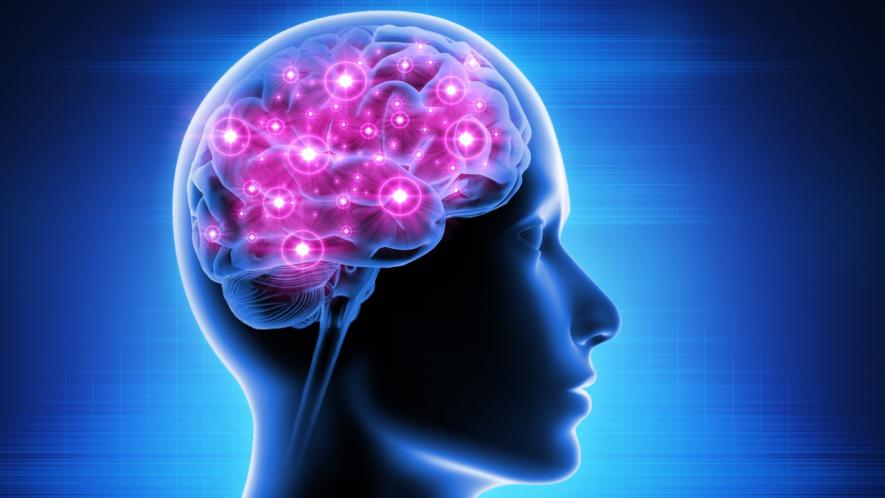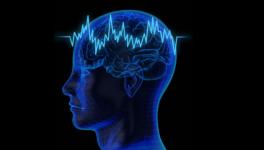Scientists Claim to Have Produced the Largest Map of the Human Brain

Representational Image. Image Courtesy: iStock
Exploring what is happening inside the brain and how the brain cells or the neurons communicate with one another, giving rise to the amazing capacity of function that the brain is engaged with all the time, has been a fascinating field of research, especially for neuroscientists. Brain mapping or producing a brain atlas is an effort in this direction where researchers use sophisticated instruments to see the brain regions working in a particular task.
Recently, scientists engaged in brain mapping have reported to have produced the largest map of the human brain. The brain map encapsulates more than 3,000 cell types, many new to scientists. The huge work has been published in the form of 21 papers in the journals Science, Science Advances and Science Translational Medicine, and experts believe that the new information will help study diseases and human cognitive abilities.
The use of imaging techniques like the fMRI (Functional Magnetic Resonance Imaging) to map the human brain has been used by researchers, but this is the first atlas of the whole human brain at the level of the single cell, according to Australia’s neuroscientist Anthony Hannan. He added that these atlases are laying the groundwork for a much better understanding of the human brain.
The brain mapping project is a part of the USA’s National Institute of Health (NIH). Stating about the project, editor of Science magazine Mattia Maroso writes, “The National Institute of Health’s Brain Research through Advancing Innovative Neurotechnologies (BRAIN) Initiative - Cell Census Network (BICCN), which was first launched in 2017, is a consortium of centres distributed in the United States and Europe that work together toward the goal of characterising cell types and their functions in the brains of humans, nonhuman primates (NHPs), and rodents.”
One of the teams that had been a part of the brain mapping project was headed by Kimberly Siletti, a neuroscientist at the University Medical Center Utrecht, Netherlands. Her team conducted a vital part of the entire project, the cornerstone where RNA of more than 3 million cells from around 106 brain locations were sequenced, as written by Gemma Conroy. Their samples came from three deceased male donors. The analyses led the team to categorise brain cells into 461 broad categories having over 3000 subtypes.
RNA is the genetic material that translates the genetic codes embedded in the DNA. By sequencing the RNA, the genetic information can be deciphered.
There are around 86 billion neurons in the brain with a similar number of other supporting cells, and all of them are engaged in signalling information, the hallmark of brain functions. Importantly, different brain areas have different cell types, and some are found only in particular areas.
The other studies involved in the project focused on mechanisms of gene regulation and their expression in different kinds of cells.
Joseph Ecker of the Salk Institute for Biological Studies in La Jolla, USA, studied genes in over 5 lakh individual cells. The team tried to decipher how some genes are switched on and some off in different cell types in different conditions, which belongs to the field of research called epigenetics. They found that a cell type present in different brain areas can behave differently. As remarked by Wei Tian, a co-author of the team, “There are remarkable regional differences,” indicating the complexity of the cellular mechanism of the brain.
On the other hand, Bing Ren of the University of California, San Diego, and his team focused on how gene switching (on or off) can contribute to disease risk. The team analysed over 1 million cells obtained from the brain samples from the three deceased male patients and how they access and use genetic information.
The BICCN project looks forward to sequencing more cells from different parts of the brain and from more tissues to study how the brain acts differently among different populations and age groups, as Ren was quoted as saying in Gemma Conroy’s article.
Get the latest reports & analysis with people's perspective on Protests, movements & deep analytical videos, discussions of the current affairs in your Telegram app. Subscribe to NewsClick's Telegram channel & get Real-Time updates on stories, as they get published on our website.
















